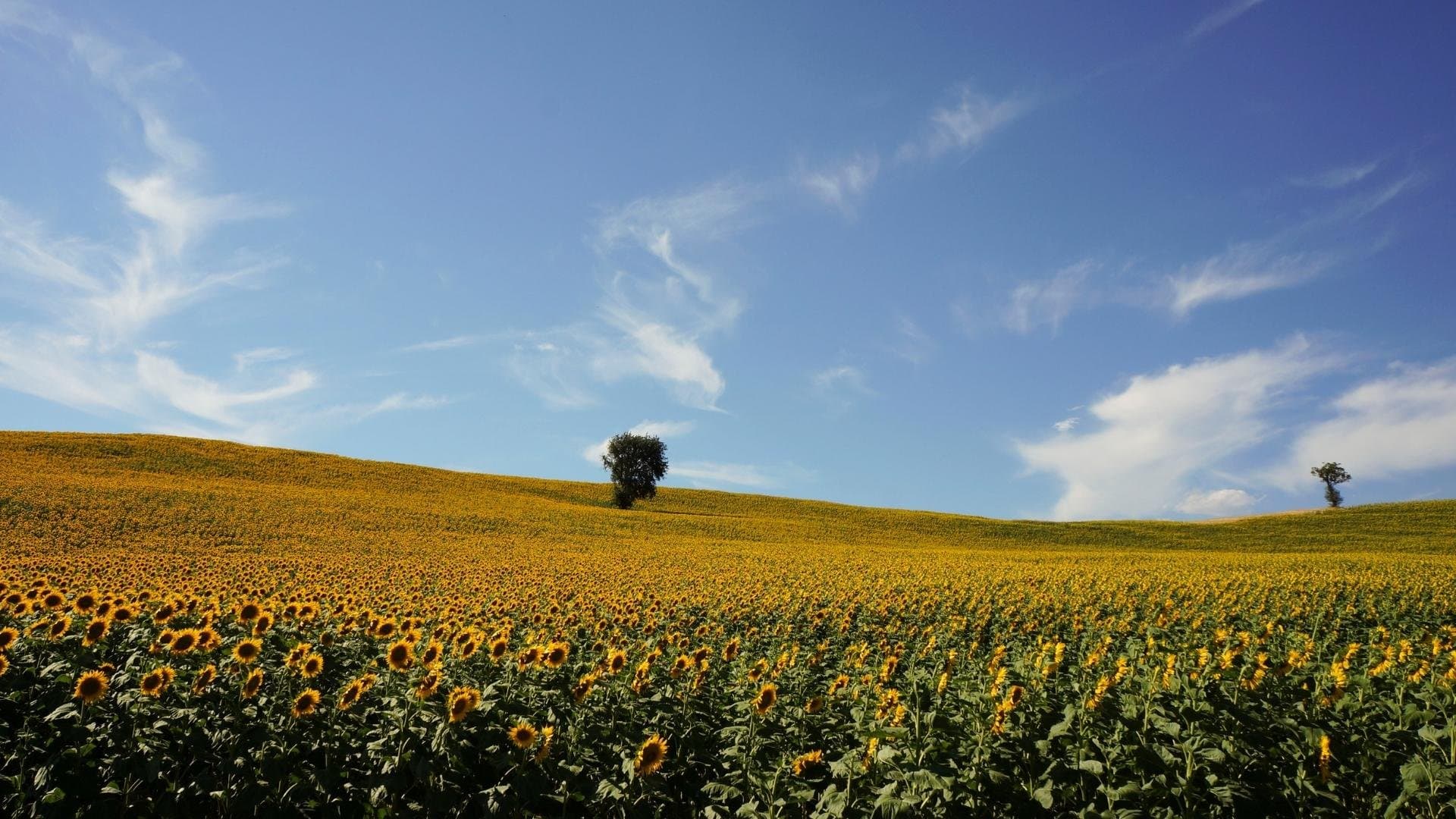Slowness is a privilege we rarely give ourselves. To underline its importance, for the body and even more for the mind, a special anniversary has been set up. The international Day of Slowness is celebrated on May 3. In Italy you can enjoy it by taking some time for a different, relaxing and green journey. Little by little, taste all the artistic and naturalistic beauties, the good food and the culture, away from the crowds and above all from the excessive pace imposed by mass tourism.
Slow tourism is a true philosophy of life that will lead you to get to know the small villages, the semi-deserted beaches and the thousands of Italian traditions still to be discovered, for a holiday where what counts the most is the authenticity and the quality of the experience.

Slow Tourism on italian beaches

With its 8000 km of coastline, Italy has beaches for all tastes and needs. From the super-equipped ones to the glamorous ones frequented even by VIPs, but there are also many others, less known and not crowded at all, where you can enjoy a summer in contact with nature in total tranquility.
Where to find them? In Calabria, for example, there is Cala di Rovaglioso, a small blue sea jewel, set among the rocks. In Salento, on the other hand, there is Porto Badisco with its white rocks and the caves, perfect for those who want to enjoy the sea, away from the chaos and crowds.
In Sardinia, the beach of Berchida, near the Gulf of Orosei, is an unmissable, authentic paradise with white sand and the sea the color of the sky.
Between Sorrento and the Amalfi coast, usually very popular destinations, there are also numerous small coves that can only be reached on foot, through steep paths surrounded by olive groves. Cala Mitigliano or the wonderful protected area of the Ieranto Bay, offer both spectacular views over Capri and of course a crystal sea.
Last but not least, Emilia Romagna. Generally this region attracts those who love trendy clubs and large discos, but it has also a few surprises for slow pace's lovers. A little further north of Ravenna, in fact, there is the natural reserve of Sacca di Bellocchio, a long strip of soft sand, almost deserted for long stretches, except for the seagulls and cormorants living there.
Italy also has more than 800 islands, many of which are small, pretty much unknown or even uninhabited. If you love nature or if you want to savor centuries-old uses and flavors, visit for example Marettimo, one of the Egadi islands, where you will find an ancient history, immersed in a luxuriant nature.
Italian "slow" villages
Perfect for a truly authentic travel experience, which enhances the beauty and culture of the places, the villages are unmissable if you love to travel slow. In Italy there are so many it'd be just impossible to list them all. Some have earned a well-deserved reputation that has made them often crowded. Others, on the other hand, are little gems yet to be discovered and will offer you the opportunity to really get to know people, customs and beliefs, in total tranquility.
Molise is an excellent choice if you want to treat yourself to a trip outside the more traditional tourist routes. A welcoming people, good food, the green woods with their long silences are just some of the ingredients that will make you fall in love with this region, still rarely visited.
You may want to start with a trip to Macchiagodena, the “village of reading” where you can stop on a beautiful panoramic terrace at the foot of the castle, borrowing one of the books available to everyone. Not far away there are also Castelpetroso, with the beautiful neo-Gothic basilica of Maria Santissima Addolorata, which looks like it came out of a fairy tale, or Sant'Angelo in Grotte. This is a tiny village of only 200 inhabitants with a nice little church inside a cave. It is a place of ancient legends, this one, apparently loved also by the Archangel Michael, who stopped right here, before reaching the Gargano.
Further north, in the Marche region, there are many other beautiful villages such as Frontino, with its mill, the bread museum, and also the contemporary art museum dedicated to Franco Assetto, the artist who donated various creations to the village. Also not to be missed is the lovely Urbania, with the recently restored historic center that has a lot to offer visitors. The Palazzo Civico with its museum, for example, or the workshops of the majolica artisans, or even a peculiar “mummy cemetery” which houses 18 mummies, perfectly preserved.
Furthermore, in Urbania, the Befana festival has been celebrated for 25 years, with many events dedicated to the good witch who brings sweets to children in January 6. Parents, on the other hand, will appreciate the stands where to taste all the specialties of the local cuisine.
Reclaim slowness: in a world at full steam, it's a delightful right we've been deprived of
Slow tourism in motion

Relax is one of the main ingredients of a real slow travel, but relax doesn't necessarily equal staying still.
If you like to keep fit, walking or biking in Italy you have plenty of options to travel at your own pace, through magnificent landscapes, getting in touch with the culture of each region.
Right in the heart of Italy there is a 400 km long route that starts from Portonovo in the Marche and arrives at Orbetello in Tuscany. A true coast to coast between the Adriatic Sea and the Tyrrhenian Sea to be covered sometimes by bike, or more often on foot. Along the way you will go through territories that are little or not frequented at all, especially by cars, as you will rarely move on paved roads. Part of this beautiful itinerary overlaps the more famous Via Francigena, the ancient pilgrim route that connects Canterbury to Santa Maria di Leuca. This very long path will also take you to the cradle of Italian art, tradition and culture, from north to south.
If one of the most evocative stretches of the Via Francigena is the one that crosses Tuscany, from San Miniato to Siena, slow travel lovers also appreciate the route that runs along almost the entire coast of Apuglia, and then turns inland up to to the awesome Lecce. Through fishing villages or ancient farms, with the sea always close by, you can travel accompanied by the song of cicadas, along one of the lesser-known branches of this centuries-old road.
To travel slow, another equally fascinating possibility is offered by the heritage trains brought back to life as charming and green tourist routes. In Italy there are eleven officially recognized railways, and others in preparation. Through the historical memory of the country you will move between cities, archaeological sites and unforgettable landscapes, slowly, savoring every moment to the full.
About the author
Written on 09/05/2022



Paola Cirino
On the international day of slowness, treat yourself to some time to discover the best italian destinations for slow tourism